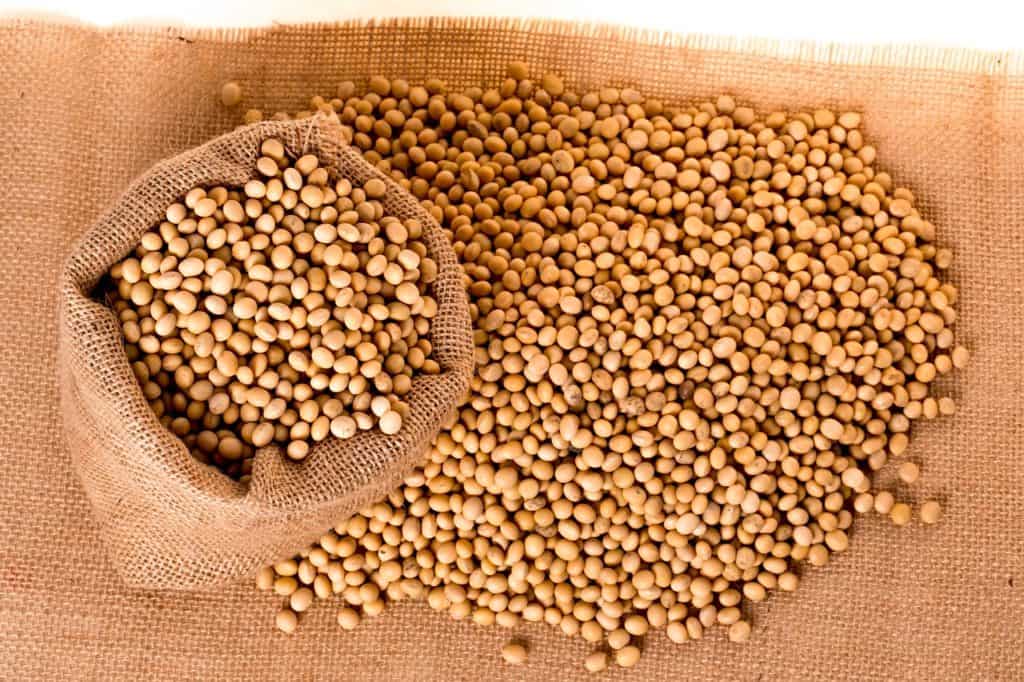
Soy flour has been studied for its ability to improve the protein quality of traditional staple foods.
Food research holds the key to solving the challenge of nutrition in Africa and considerable strides have been made in the area of food science and technology with the aim of developing nutritionally enhanced food that is both palatable and inexpensive to the consumer, particularly in poor areas as well as foods developed to combat diet-related non- communicable diseases such as obesity and Type-2 diabetes.
Some of the research carried out at the DST-NRF Centre of Excellence in Food Security, focuses on overcoming the problem of protein energy malnutrition (PEM), a major health problem in Africa where complementary foods are based on starchy staple foods such as cassava.
Extruded cassava and soy complementary porridge can improve nutrition for infants & young children
Soy flour is one ingredient that has been studied for its ability to improve the protein quality of traditional staple foods. Its properties have been found to enhance the nutritional and sensory quality of cassava complementary porridges (Complementary foods are those that are used along with breast milk in young children). While cassava porridges are a common complementary food in many countries including Mozambique, Nigeria and Tanzania, they lack many of the essential amino acids and are relatively low in protein. In addition, they can be difficult for infants and young children to chew and digest due to their high viscosity (stickiness). By adding defatted or full-fat soy flour to cassava porridge and extrusion cooking it into a ready-to- eat product, the overall nutritional value, digestibility, flavour and appearance is improved.
The research, under the supervision of Professor Naushad Emmambux of the University of Pretoria, found that 35% soy flour inclusion extrusion cooked porridges fed three times per day provided the optimum amount of protein, lysine and energy requirements for children aged 6 to 8 months.
Wheat bran & cassava-soy in controlling diabetes
Diet-related health problems such as Type 2 diabetes, cardiovascular disease and obesity have emerged as serious risks across Africa. The inclusion of dietary fibre in food has been proven to have a positive effect on the risk reduction and control of these diseases. Its benefits include its ability to suppress hunger and increase satiety. It was found that 200g of wheat bran added to one kg of cassava-defatted soy composite porridge which was then extrusion cooked led to an increase in soluble dietary fibre content and consequently increased viscosity of the food. This increased its satiety which slowed down the eating process, leaving the test subjects feeling fuller for longer despite having consumed fewer calories.
By reducing starch consumption (and consequently calorie consumption) without sacrificing satiety, new foods such as instant porridges will enable consumers to reduce their risk of food and lifestyle- related health problems.
Adding grape pomace to starch-rich food
Grape pomace is another food ingredient with the potential to address the challenges of food-related health problems.
Grape Pomace is a by-product of the wine and grape juice production process, containing leftover skin, pulp and seeds. Its potential as a high fibre food ingredient has only recently been explored. In addition to its fibre content, measured at around 51% to 56% for red grape pomace, it is also a source of phenolic compounds. Its high fibre content positively influences carbohydrate metabolism by slowing down glucose absorption while the phenolic compounds have been observed to inhibit the activities of starch hydrolysing enzymes.
In the study, 20% grape pomace was added to a cassava-soy composite and extrusion cooked. The results revealed a lowering of the total glycaemic index of the foodstuff. In addition, the antioxidant properties of the phenolic compounds have the potential to contribute to a reduction in the risk of diseases such as cancer and Type 2 diabetes.
This article was originally published in the NRF Science Matters magazine. Access it, and other articles HERE
related Articles
‘CoE-FS support was critical for my academic career’
Dr Ali Elnaeim Elbasheir Ali presents his work at the 2024 CoE-FS 10th anniversary symposium. Photo Sharif Mosa/CoE-FS. Since its…
Manufacturing SMART foods for food and nutrition security
Prof Naushad Emmambux, a CoE-FS PI, leads the centre’s project on SMART food processing. In a world grappling with escalating…
Away from the precipice; toward food security as a reality for all
Photo: Ashraf Hendricks/CoE-FS. “Food security at a tipping point; are we heading for ‘Zero Food’?”. That was the question that…



